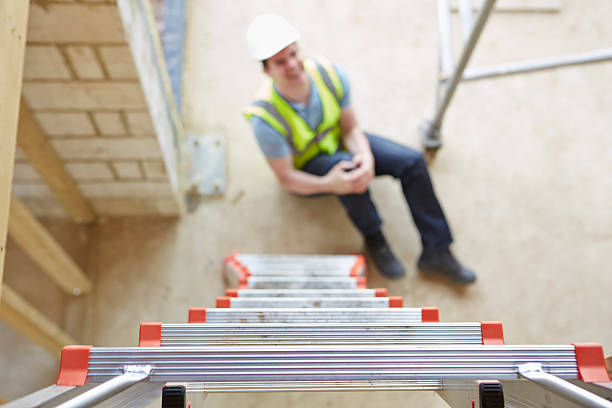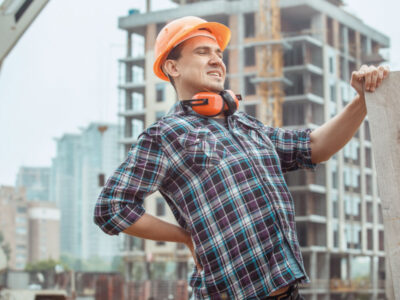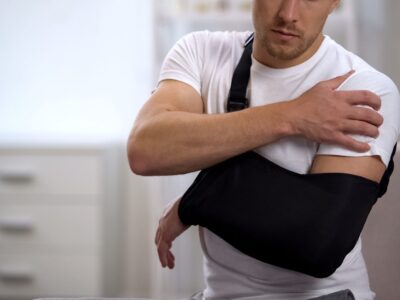Construction workers face many dangers when laboring on work sites, such as electrocution, being caught in-between pieces of equipment and being struck by an object. There is a danger, however, that tops the list when discussing fatal construction injuries. More construction workers die in accidents involving falls than any other type of accident. According to the Occupational Safety and Health Administration, one in five workplace deaths in 2016 were in the construction industry. This equates to 991 lives that were lost on worksites throughout the United States. Of these deaths, falls were responsible for more than 38 percent of the total amount.
Workers can fall from a number of places while working on site. According to OSHA data, most deadly falls, approximately one-third, were from roofs, while others were from scaffolding, ladders, structural steel, floor openings and aerial lifts. Whether workers were not taking the proper precautions to be safe at the jobsite, or the employer did not implement the required safety features, falls can cause long-term injuries and death to workers.
Employers are responsible for training workers in a way that they will understand how to prevent falls in the workplace. Employers must also provide appropriate protective equipment, as well as a safe work environment free from known dangers. OSHA requires that certain safeguards are put in place to protect workers from falls and other dangers at the jobsite. Any workplace that is six feet above ground level must have protections to prevent workers from falling off platforms. In addition to providing guardrails, safety harnesses and nets, employers must make sure all holes or covered.



